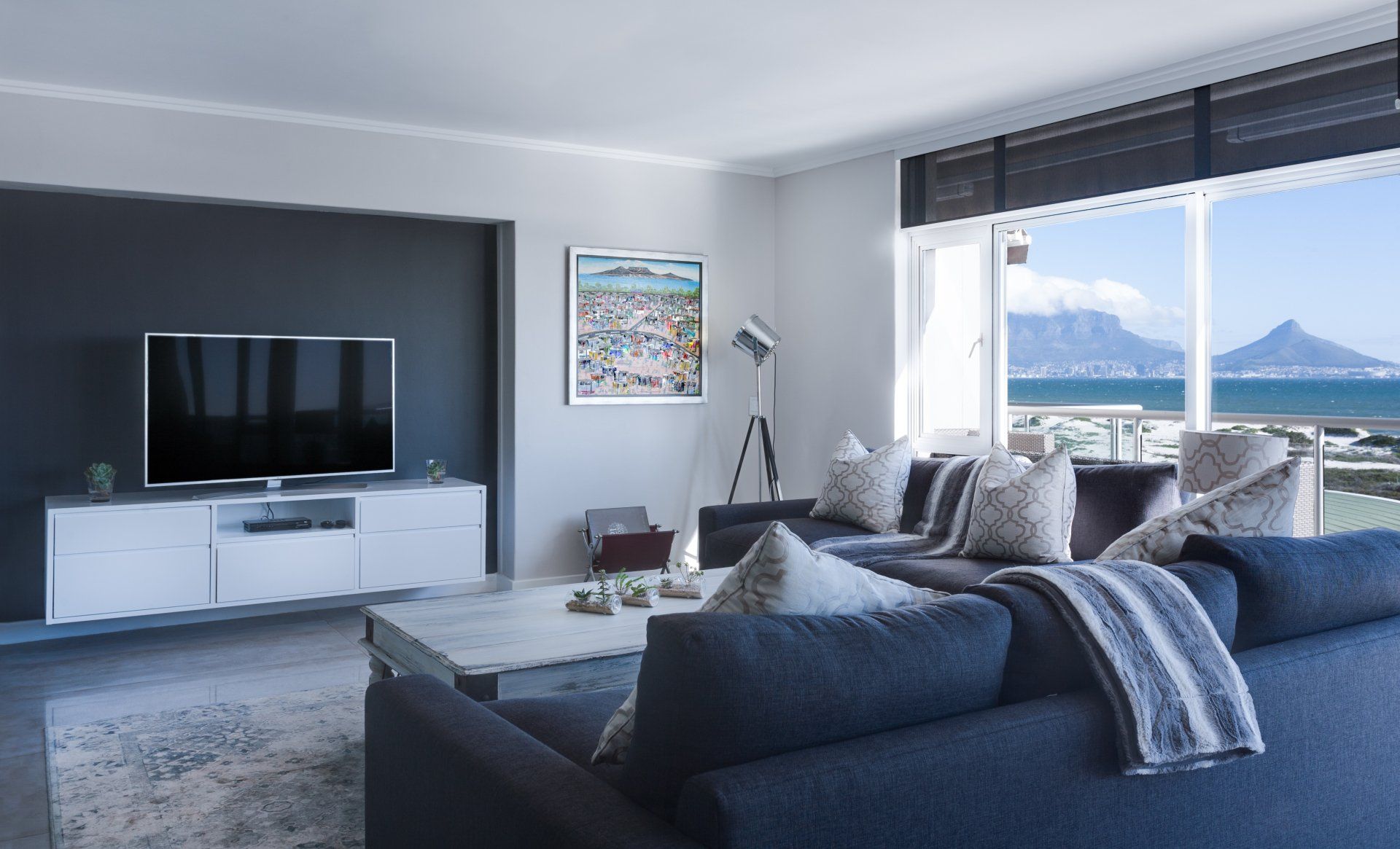Pick Your Colors
When you walk into a room, the colors scheme is one of the first things you notice. Enhance your home or office space in Lancaster or York with the correct color. The huge selection of available colors overwhelms most consumers, though. Make the decision easier by learning about color systems and terms.
- Color wheel – hues arranged in a circle; the 12-step wheel shows the way colors blend in sequence; the wheel arranges colors in the following order: blue, blue/green, green, yellow/green, yellow, yellow/orange, orange, red/orange, red, red/purple, purple and blue/purple
- Primary colors – all colors originate with three pigment colors, blue, red, and yellow
- Secondary colors – the colors that results from mixing two primary colors
- Tertiary colors – the mixture of a primary color and a secondary color
- Color Families – groups of colors that originate from the same colors
- Neutral Colors – contain no identifiable colors; include gray, white and black
- Monochromatic colors – consist of one basic color (hue) with different values; tints are lighter while shades are darker
- Adjacent colors – two colors located next to each other on the color wheel
- Complementary colors – opposite colors on the color wheel
- Triad colors – three colors used together; one is dominant while the remaining two serve as accent colors
Start your color selection by determining the permanent features, fixtures and finishes in the room. Cabinets, tile or brick fireplaces are examples of permanent features. Consider wooden kitchen cabinets with a red undertone. They’re permanent fixtures with a permanent finish. Choose a room paint color that works well with that hue.
Emphasize the attractive architectural features of each room. Examples of these features include crown molding or arched window. Contrasting paint emphasizes these features. Paint them a lighter tint or a darker shade than the wall, or choose a glossy finish. You could also create at accent wall by painting it a different color, giving it a faux finish or adding wallpaper or a border.
Unify rooms in your home or office building space when you use a common color palette. With one color selection, alter the shades and tints used in each room. Your residential or commercial space will flow as it appears unified under a single color palette.
Remember that color draws attention to certain features while minimizing others. For example, widen a long narrow room with a slightly darker color on the shorter walls and a lighter color on the longer walls. Give low ceilings height by applying a lighter color to the ceiling. Decrease high ceiling height by painting the ceiling a darker color. Create intimacy in a big room with red, gold, orange and brown, colors that advance toward you. Make small rooms appear larger when you paint the walls in receding colors like blue, green or violet. These techniques enhance your space.
The color you choose may look one way under natural light and another way under incandescent light. Keep your daily schedule in mind when painting a room, and adjust the color depending on your usage of the room and the mood you wish to create.
Consider testing the paint color before committing to the job. Tiny color chips cannot adequately show how the room will look once it’s completely painted. A larger sample from a small quart of paint more accurately represents how a color will fit into a room.
In Lancaster and York, Joel’s Painting understands color schemes and terms. Their expert painting contractors provide professional residential and commercial painting of interior and exterior surfaces. Before starting a painting project, obtain free painting quotes from a painter who understands the science of color throughout your space.


















